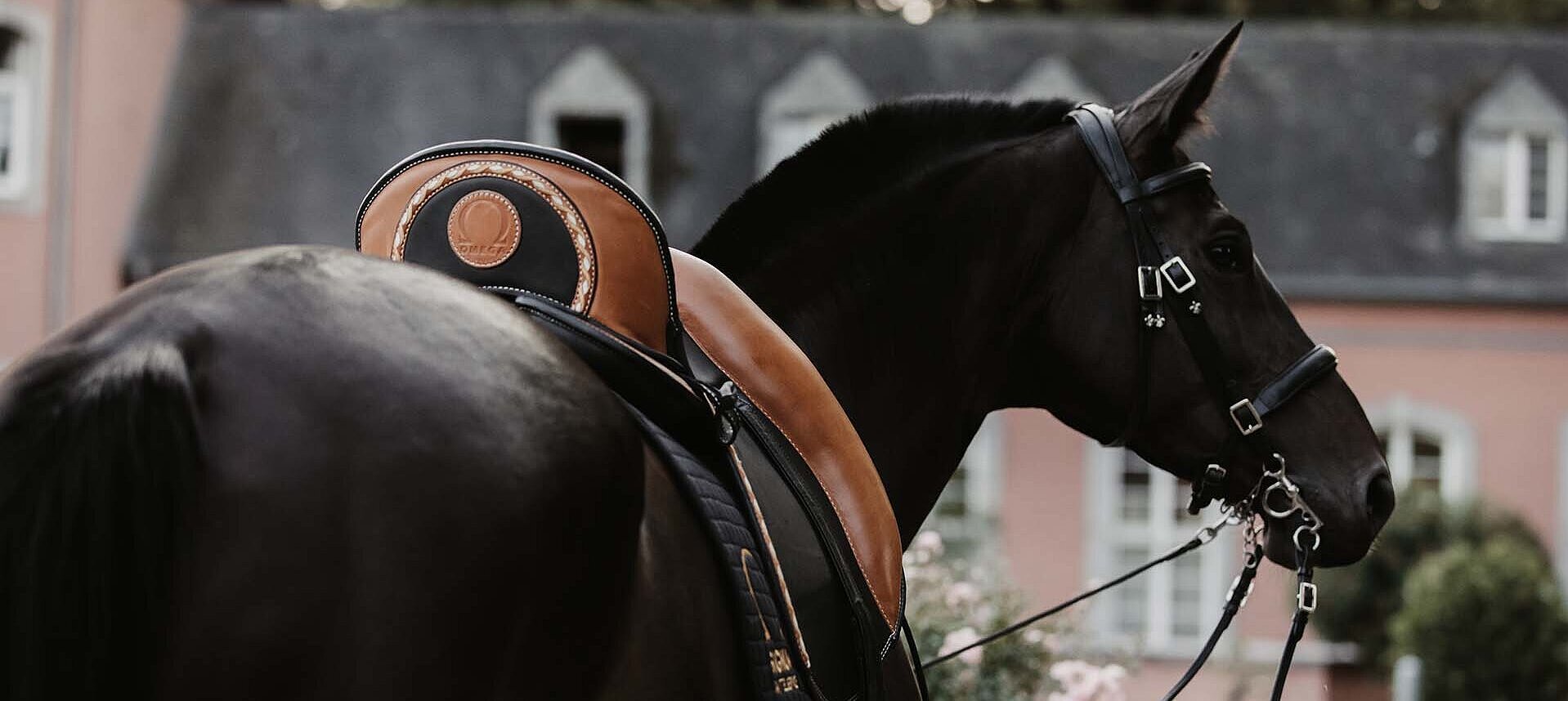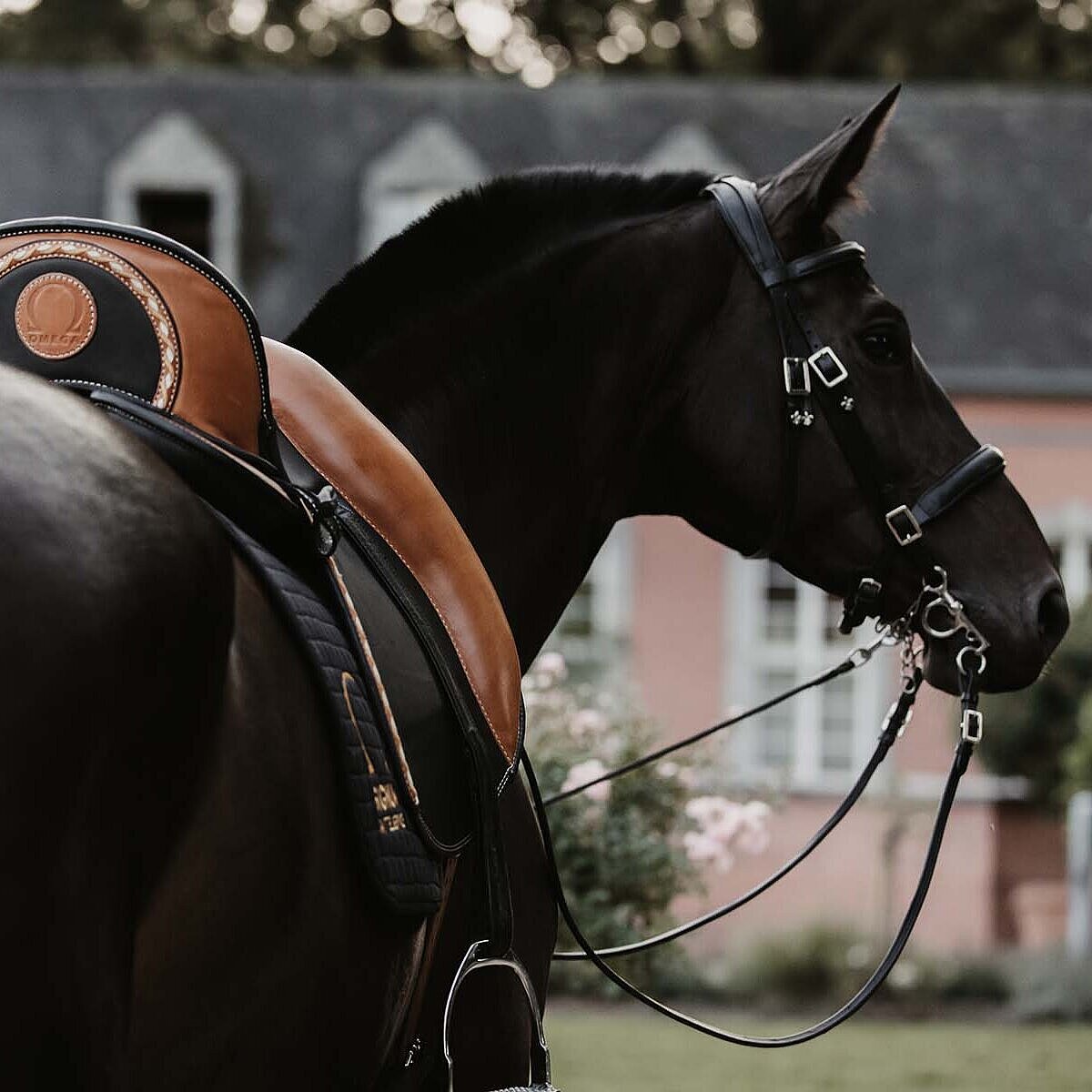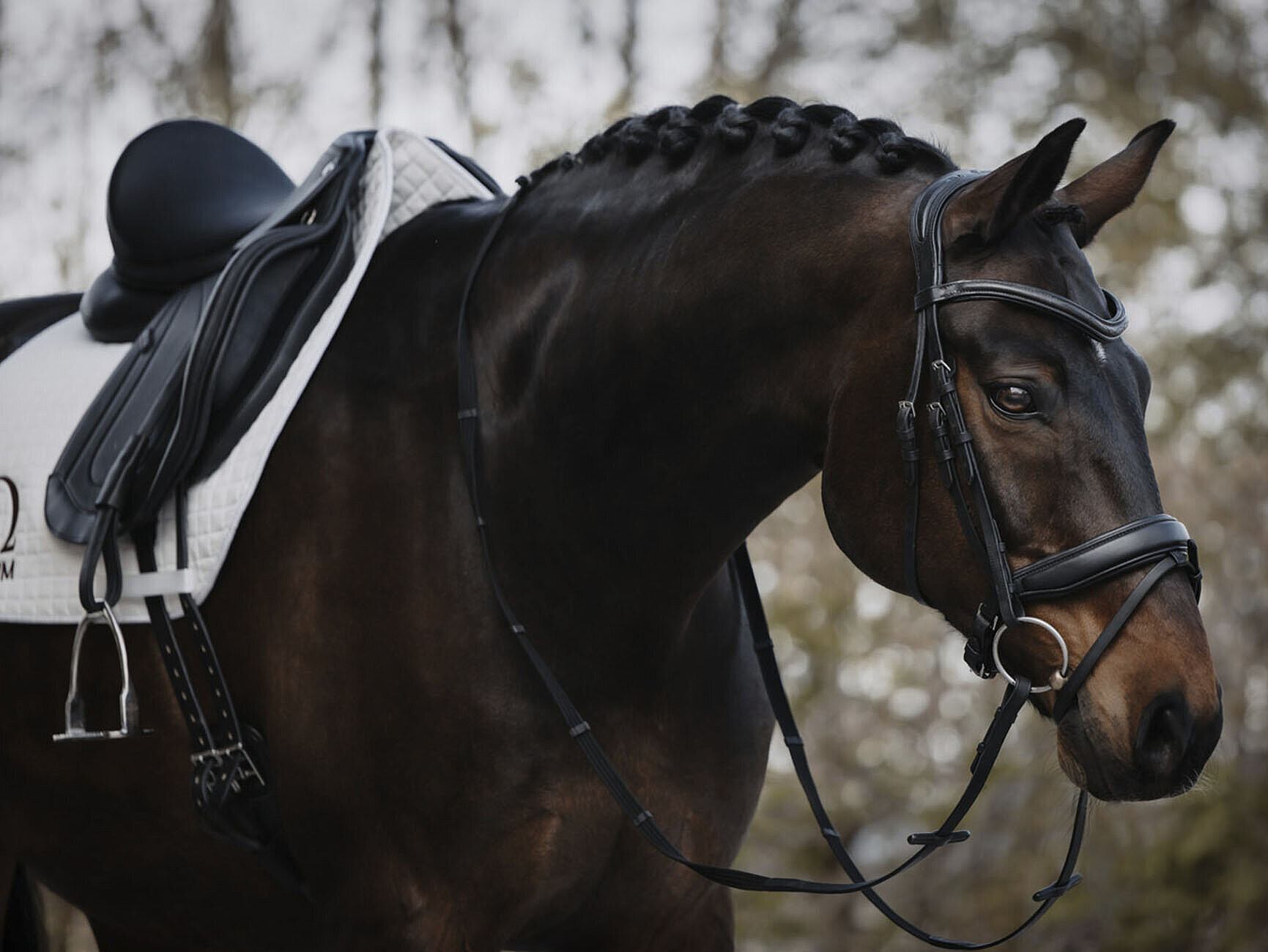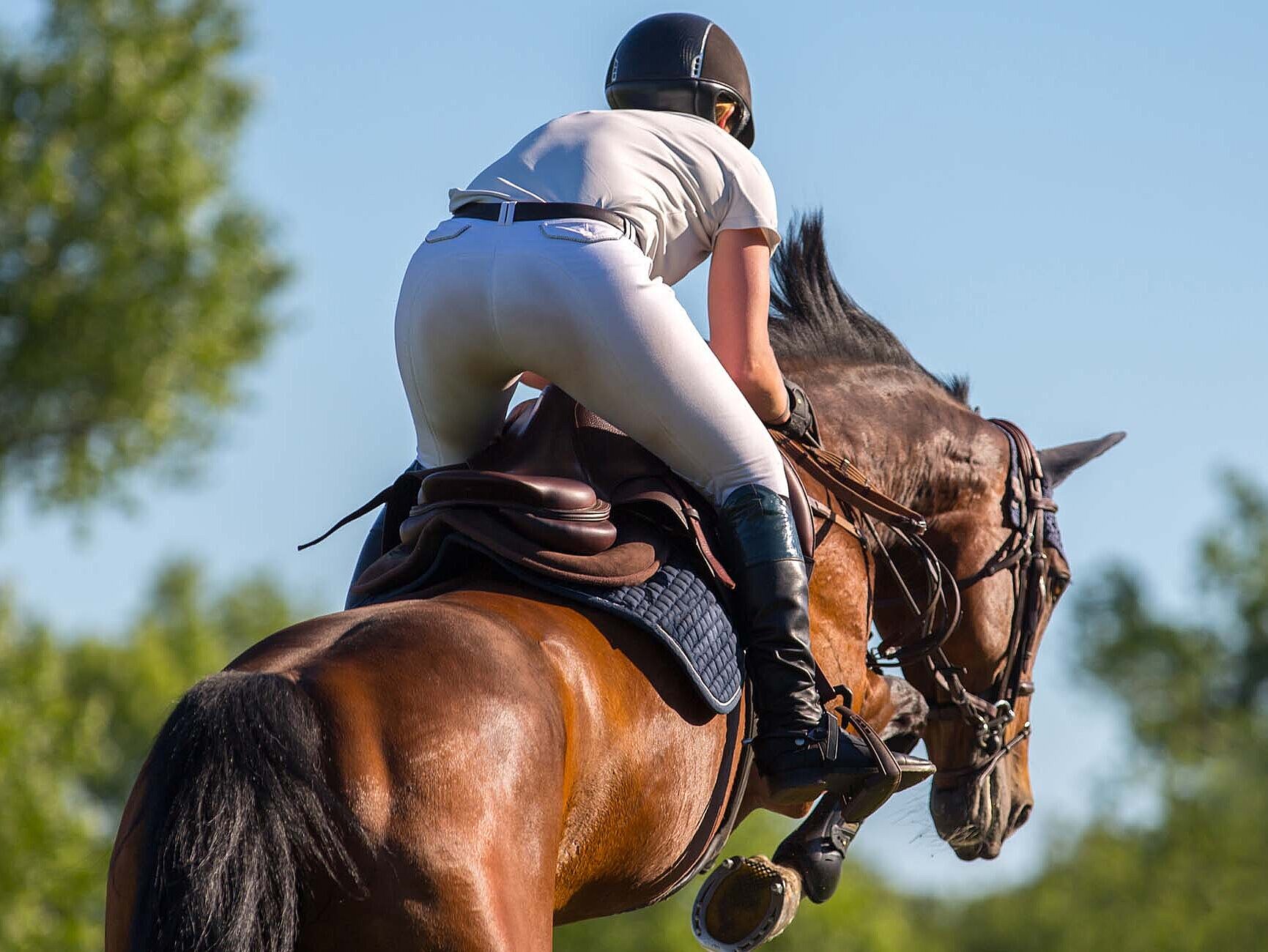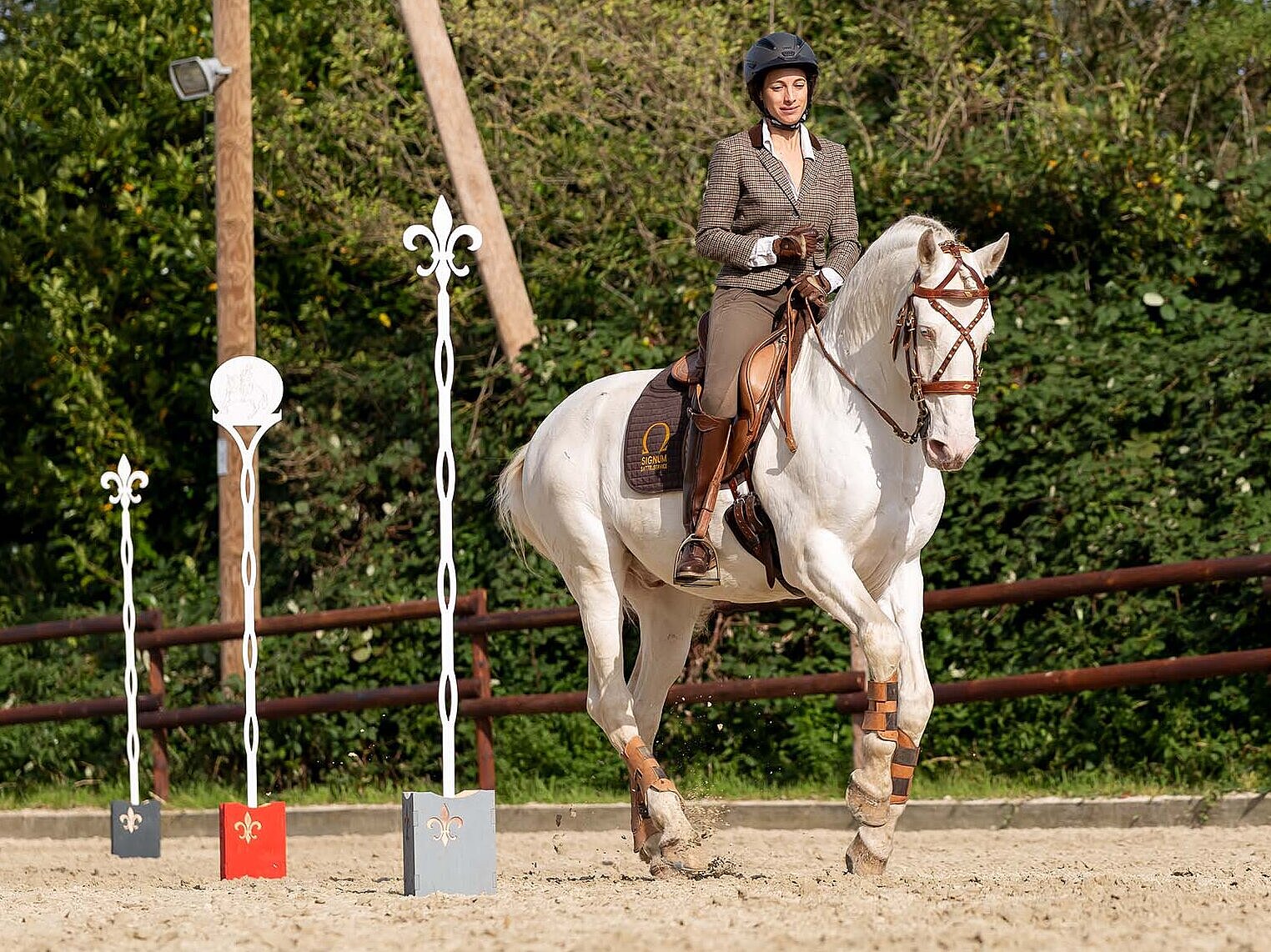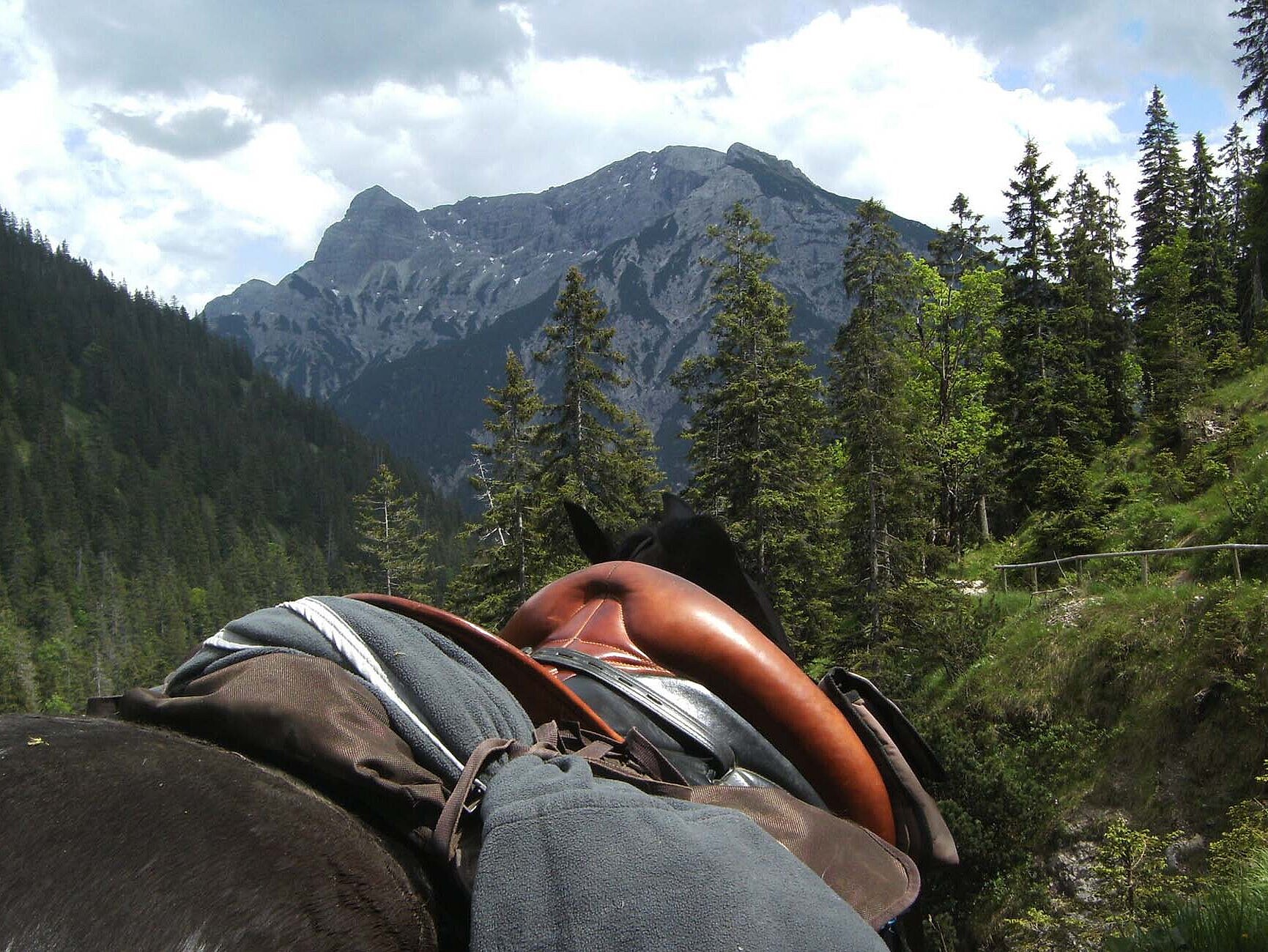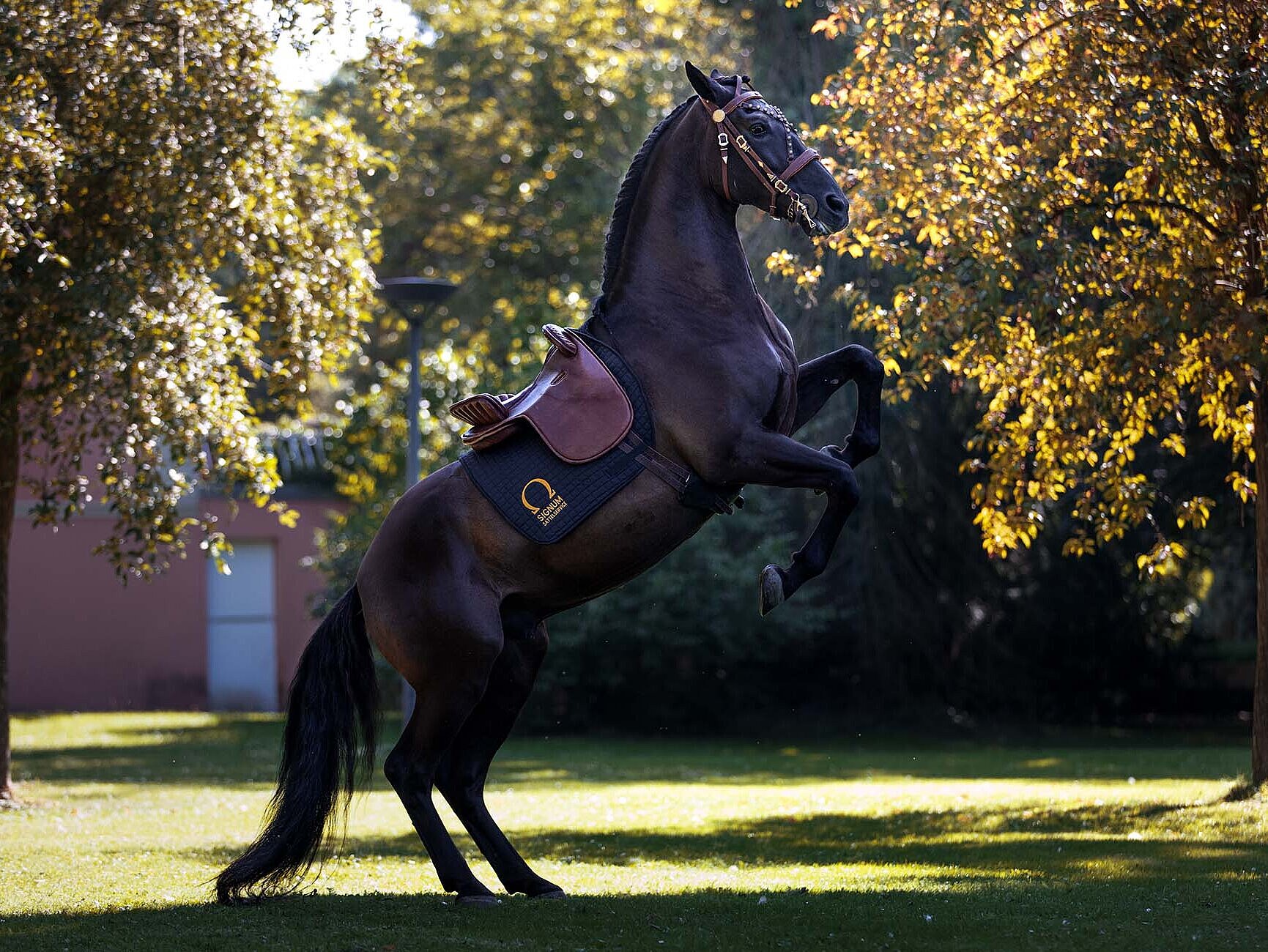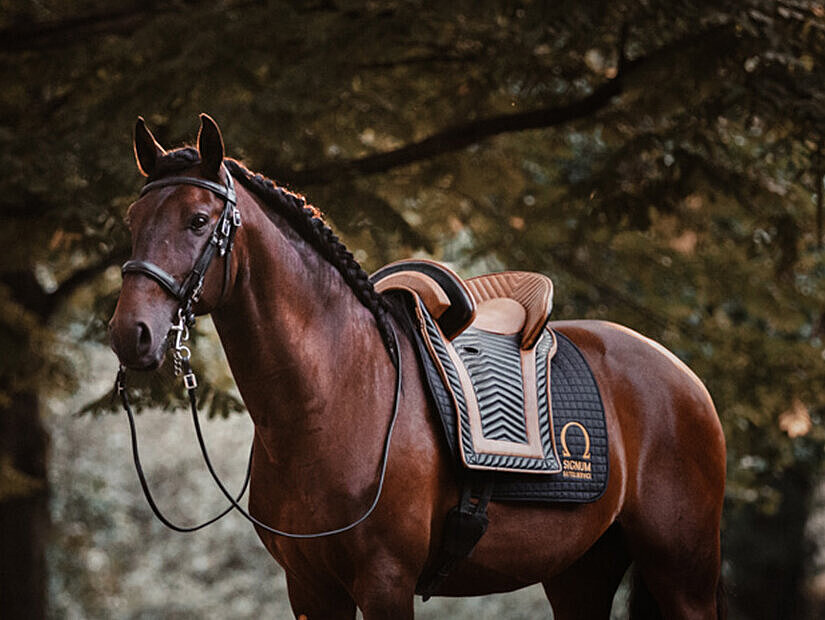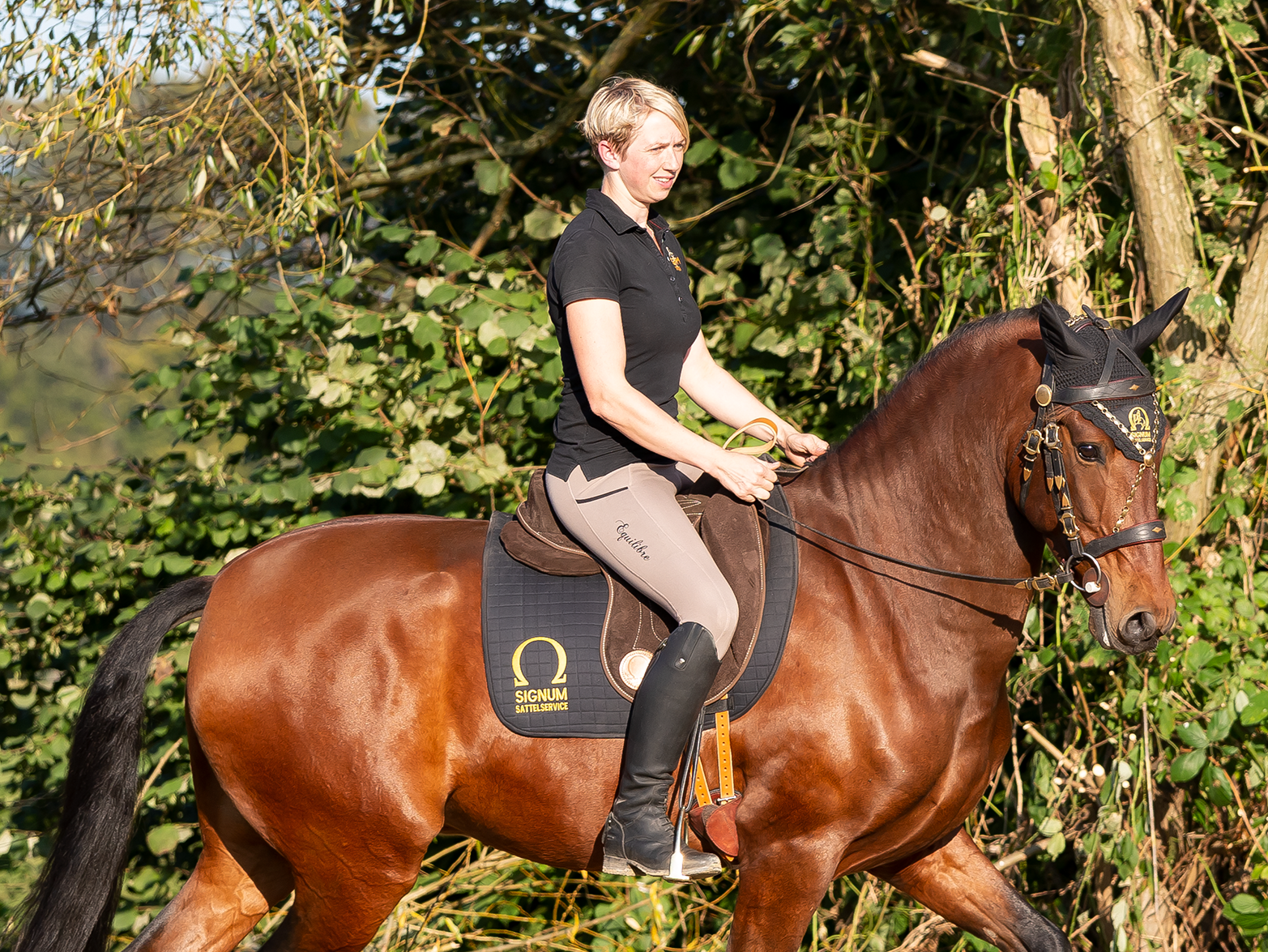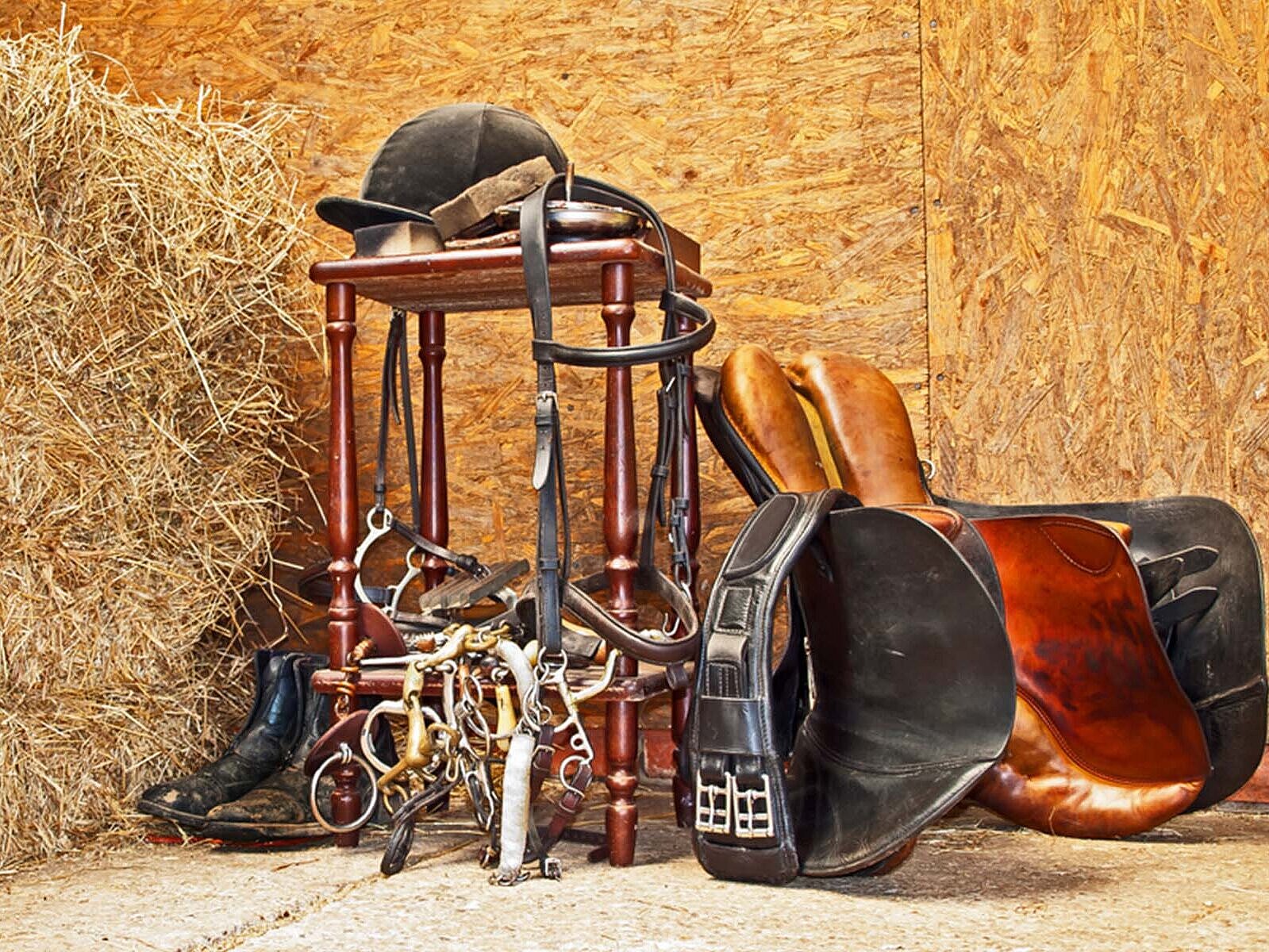What are you looking for in a saddle?
If you are looking for a suitable saddle for you and your horse, you should ask yourself these questions as a rider:
- Are you looking for a saddle that is specifically suited to one discipline or riding style?
- If so, which discipline or riding style do you follow? Dressage, show jumping, working equitation, gaited horse riding, western riding, trail riding, academic horsemanship ... ?
- For what purpose would you like to use the saddle most?
- What special features does the saddle need to have, e.g. luggage attachment for panniers?
Saddle types at a glance
Before you buy a new saddle, it makes sense to find out about the different saddle types, their suitability and special features for individual equestrian disciplines. Here you will find an overview of the most common saddle types and their use.
Choosing the right saddle type
There are many great saddles out there, but which one is right for you and your horse? When looking for the right type of saddle, it is important to know whether it should be suitable for a specific riding style or discipline and what you want to use the saddle for most. Some saddle types are made for a specific discipline - others are real all-rounders.
A dressage saddle with a narrow and deep seat, for example, brings you close to the horse, but for longer rides or even a trail ride it s uncomfortable for borth horse and rider. Similarly, a jumping saddle with knee rolls enables the optimum sitting position in a standing seat even over metre-high jumps, but a jumping saddle would not offer the rider an ideal sitting position in dressage. You can enjoy relaxed manoeuvres or long rides in a western saddle, but you would never think of riding a show jumping course with it.
A Spanish saddle, vaquero saddle or travelling saddle are designed for comfort on long journeys. They offer a riding position in which leisure riders can enjoy long rides or gymnastics in the riding arena. An eventing saddle or a working equitation saddle are designed as true all-rounders and combine advantages for several disciplines such as dressage, a trail or smaller jumps and offer the rider special support in dynamic moments.
Problems due to wrong saddle type
Each of these saddles, from dressage saddles to jumping saddles, can be a masterpiece of the saddler's art and perfectly adapted to the horse. However, we often find that customers are not happy even with a well-fitting saddle. The most beautiful saddle can make you unhappy if it was designed for a different purpose.

Our recommendation: Before buying a saddle, think about what you want to use your saddle for and what additional options it should have. For example, attaching luggage for trail riding or a particularly narrow and deep seat for dressage. When trying on a saddle, you can ask the saddler you trust directly about a suitable model for a specific riding style or discipline. With this information, you can quickly find out which models are on the shortlist and fit to what horse and rider have in mind.
What requirements must the saddle fulfil for horse & rider?
- Are there any special needs of the horse that require special consideration?
- Does the rider have special requirements for the seat profile?
- How well can I ride? What should the saddle support?
- What types of saddles are there?
Confection saddles
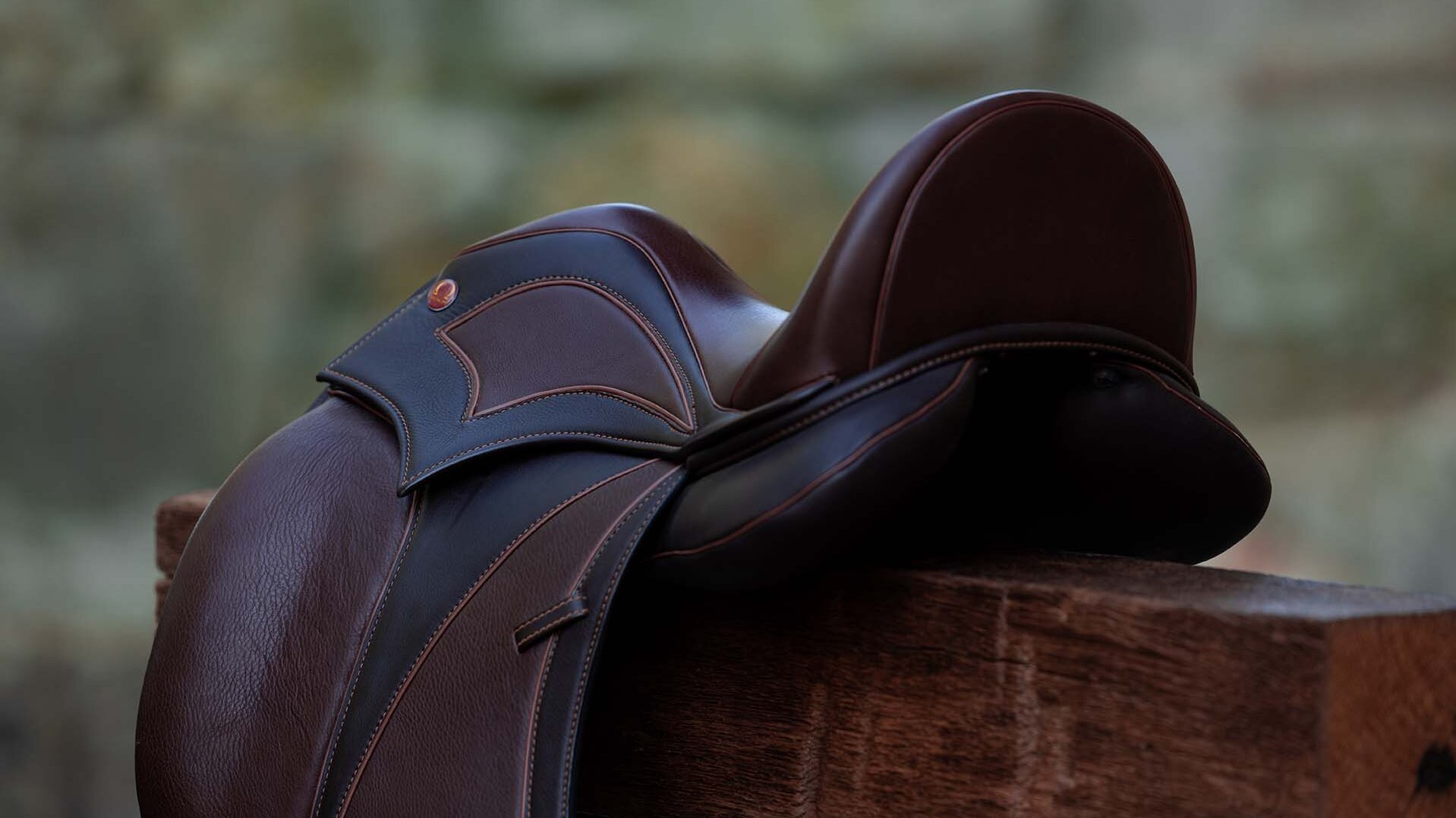
Depending on the scope of the horse and rider's wishes and needs, different types of riding saddle are possible. From off-the-peg saddles to custom-made saddles for horse and rider. We always recommend choosing a saddle that can be fully customised to your horse.
This includes the confection saddle, where the rider chooses their favourite basic model and the selected model can then be fully adapted to the horse. In our opinion, this includes an adjustable gullet plate and individually moulded saddle panels.
Individual customisation
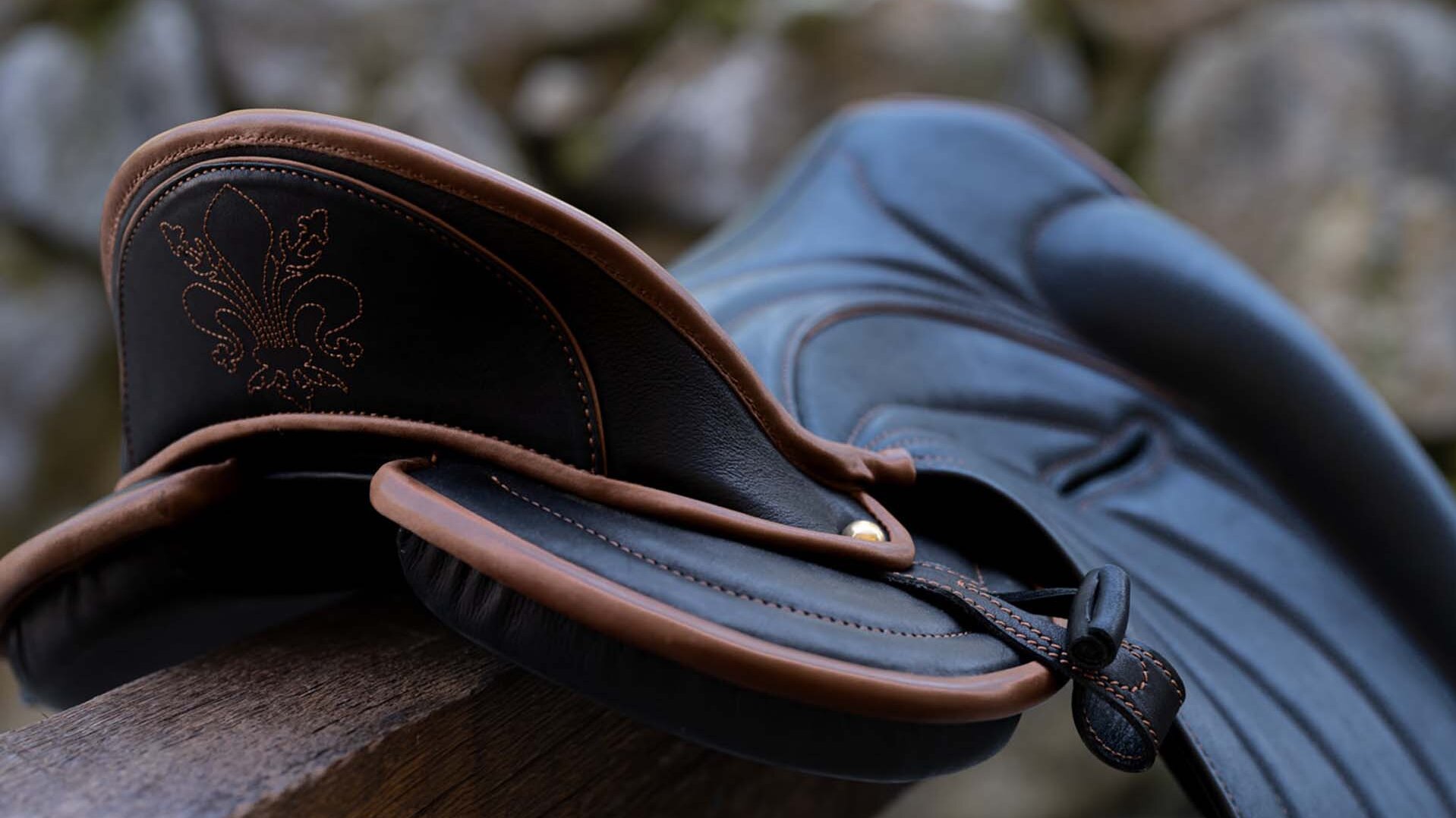
A custom-made saddle is the right choice if the horse and rider have special requirements and wishes regarding the fit or the feeling of sitting. On the horse's side, this can include a sensitive horse's back, a particularly short saddle position, pronounced withers, a strongly curved back or "problem areas" such as kissing spines.
The rider may require a special seat profile, e.g. a deep seat and knee rolls that fit the leg perfectly for a high level of stability. Health problems such as hip problems can also be the reason for a seat profile that is specially adapted to the rider. Every detail is customised to the horse and rider.
Which saddle service do I want?
- Would you like to try out different saddles on your horse before you buy?
- Do you have individual wishes, e.g. with regard to the design of the saddle?
- Who will adjust the saddle for me if my horse changes over time?
Saddle fitting & saddle delivery
To help you find the right saddle, we recommend a saddle fitting, where you can try out different saddles on your horse. This gives you as a rider the opportunity to find out which saddle type or model you feel comfortable in. During the fitting, you should be able to ask your questions to an expert who will be able to advise you on your wishes and the fit on your horse.
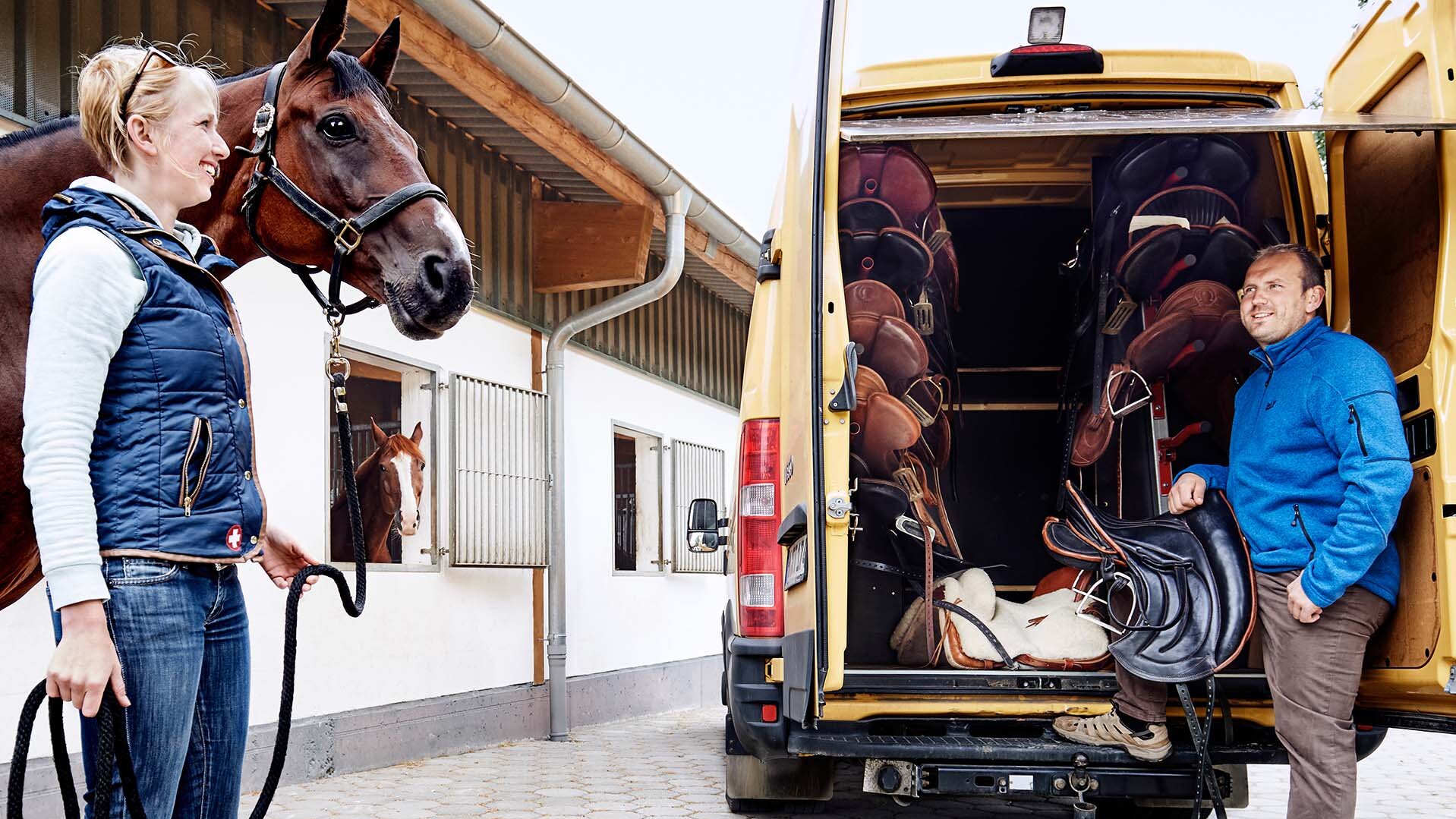
Another quality feature of a good saddle service is the personal delivery of your saddle so that all the details of the made/adjusted saddle can be checked again on your horse.
Checks & saddle adjustments
Another important point is the saddle service after purchase. Would you like to be supported by a mobile saddle service on site after the purchase or have the saddle adjusted or modified by your trusted dealer after purchase? Do you always have to go to a saddler or does the saddle offer the option of making small adjustments yourself, e.g. with an adjustable gullet plate?
